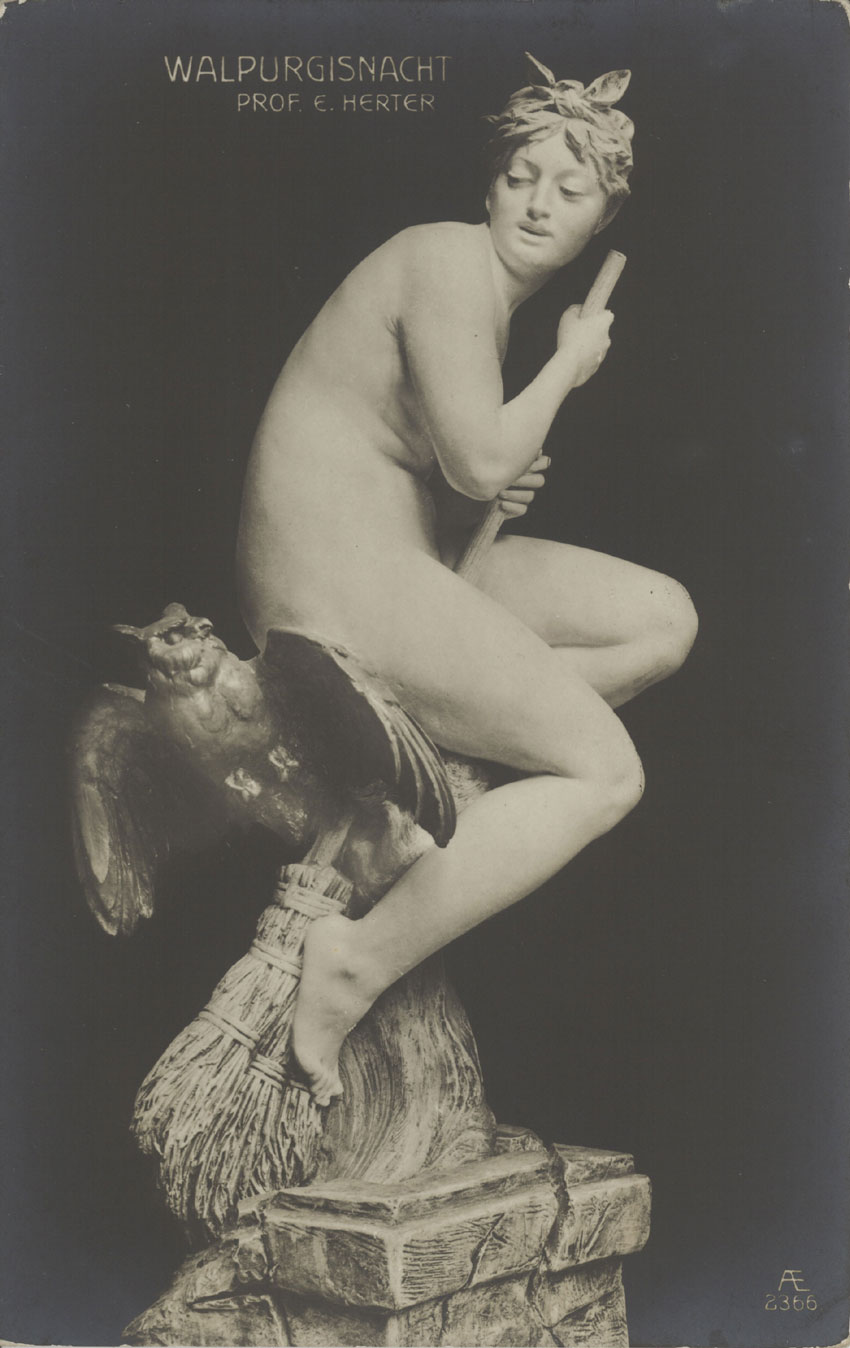
Ukrainian nationalists are protesting the nation's official entry in the Eurovision Song Contest - a single by drag queen Verka Serdyuchka.
After all it's not like she is really imitating the real Queen of the Ukraine; Evita Tymoshenko.....
Ukraine aims for Eurovision glory
 Ukraine is tipped to win with Dancing Lasha Tumbai |
Eastern European states dominate the finals after they scored a near clean sweep in Thursday's semi-finals.
Ukrainian drag queen Verka Serdyuchka is the bookies' favourite, just ahead of Marija Serifovic from Serbia.

Artist: Verka Serdyuchka
Title: Dancing Lasha Tumbai
![]() Hello everybody!
Hello everybody!
My name is Verka Serdyuchka
Me English don't understand!
Let's speak DANCE!
Seven, seven, one, two
Seven, seven, ai lyu lyu
One, two, three!
It later transpired the artist, a drag queen called Verka Serdyuchka, was singing "condensed milk" in Mongolian.
Eurovision’s got American Idol beat
Russian slam or reference to Mongolian ‘churned butter’?
But that spat pales in comparison to the current controversy surrounding Ukraine’s cross-dressing entry, Verka Serdyuchka (real name: Andrei Danilko).
VIDEO: Verka Serdyuchka's performance of "Dancing Lasha Tumbai"
The controversy surrounds one phrase of Serdyuchka’s song, where it sounded like the singer was saying "I want to see/ Russia goodbye."
Serdyuchka’s management has since denied any anti-Russian sentiment in the song and has said that the phrase is actually "I want to see/ Lasha tumbai," in reference to the Mongolian for "churned butter." Mongolian speakers have debunked this translation, though, and the real meaning of lasha tumbai is still a mystery.
This could be costly for Ukraine in a contest where friendly relations count for a lot of points (I guarantee you that Greece and Cyprus give each other top votes). Not to mention that Serdyuchka could be out-dragged by Peter Andersen, a famous drag queen who is representing Denmark.
Ukraine's extravagant drag queen vows to bring smiles to European song contestions.
On stage, Verka Serdyuchka portrays herself as a simple village girl living her dream. Not all her countrymen are beguiled by her charms.
Serdyuchka, a drag queen whose real name is Andriy Danilko, takes her extravagant costumes and ribald song-and-dance routine to Helsinki next week to compete for Ukraine in the annual Eurovision song contest.
When she gets there, a busload of Ukrainian protesters plan to confront her: Serdyuchka, they complain, makes this former Soviet republic look like a nation of philistines, tasteless peasants shaped like sacks of potatoes - not sleek, chic Europeans.
"Guys, let's not quarrel," said an exasperated Danilko, a comedian who dresses like a man when he's not in character, adding he was "sick" of all the criticism.
The 33-year-old performer, whom Ukrainians chose to represent them at Eurovision in a popular vote in March, said some Ukrainians are taking the annual pop song extravaganza - and the fun-loving Serdyuchka - too seriously.
"Let's dance," he said. "That's the message Serdyuchka is sending to
Danilko dreamed up his stage character more than 10 years ago, following a long Soviet tradition of male comedians impersonating over-the-top females for big laughs. He got them, and Serdyuchka became a hit across the former
Audiences loved her risque humor, her bouncing dance routines and her colorful costumes - she appears onstage laden with gaudy costume jewelry, heavy makeup and elaborate headgear, including rhinestone-studded berets.
Serdyuchka won hearts by making good-natured fun of her homely looks and large size, and singing about the single woman's yearning for love. In one song, Serdyuchka sings: "Beauties have it good, everybody likes them ... But I am ugly. They ride in a car but I ride in the subway."
"She is a Ukrainian Cinderella," Danilko said. And the way he sees it, this is her chance to go to the ball.
Olexander Lirchuk, a disc jockey in Kyiv, fumes. His Europa-FM radio station is leading the protest against Serdyuchka's appearance at Eurovision, arguing that
Lirchuk rallied about a dozen protesters and burned the performer in effigy. Now he and some other Serdyuchka critics plan to continue their protests in
"Serdyuchka is in poor taste," he said, motioning toward his svelte co-DJ, Yuliya Vladina: "Look, that's a real Ukrainian woman."
Many Ukrainians, though, embrace the performer and his character, homely and awkward as she may be. Some say Serdyuchka even has the best chance to win the Eurovision contest, which is judged by television viewers from all 42 countries that participate.
"Serdyuchka fits Eurovision 100 percent," said lawmaker Dmytro Vydrin.
The annual Eurovision contest is no stranger to outlandish acts. The Finnish band Lordi, which performs in monster masks, was the shock winner of the competition last year with "Hard Rock Hallelujah." Israeli diva Dana International - who was a man until a sex-change operation - won the contest in 1998, triggering a bitter rift between
Some accuse Danilko of dabbling in politics as well. He caused an uproar with the song he plans on performing. Many listeners say the lyrics include a veiled insult to
Some hear the words "
Danilko insists that he and his alter ego just want to have fun.
As he prepared for the contest, he filmed a daring video in which Serdyuchka and her mother - who wears a headscarf and goes by the name Mutter - visit a disco where they take turns playing with special glasses that reveal the crowd of young dancers in their underwear.
Find blog posts, photos, events and more off-site about:
Ukraine, Eurovision, Drag Queen, music,Evita, Tymoshenko, elections, Orange Revolution, Verka Serdyuchka











